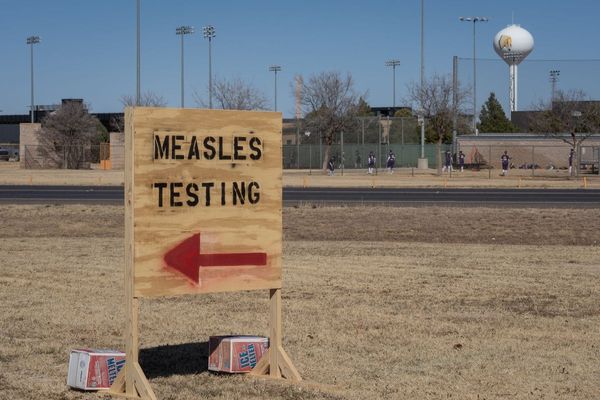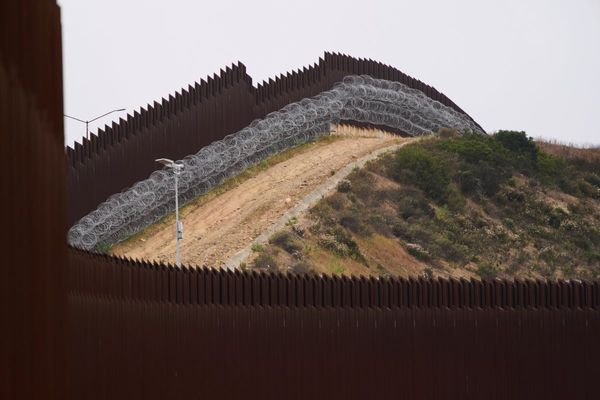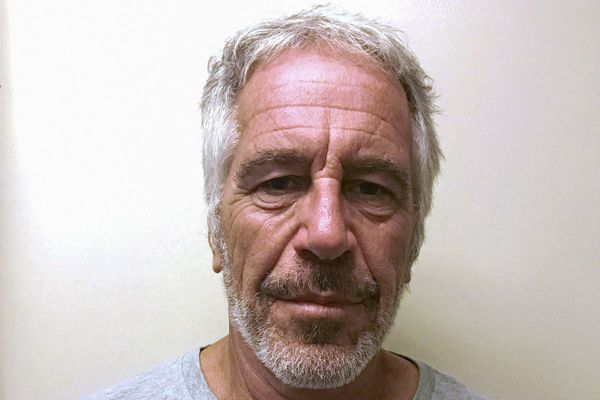The extremely heavy rainfall that occurred in the last couple of days in central Kerala led to the flash flood in Kochi, said Revenue Minister K. Rajan. Replying to a short notice question raised by Mathew T. Thomas in the Assembly on Thursday, Mr. Rajan said the drains in the city were designed considering the flood return probabilities of the following 10–15 years. These drains are unable to carry the floodwater in extreme rainfall situations like the one Kochi witnessed now.
Kochi is one of the 25 cities selected by the National Disaster Management Authority to hold a study on flood probabilities. The national agency has been making an assessment to decide on the changes to be brought to the civic infrastructure based on the study.
18 relief camps
The Minister said that 18 relief camps had been opened in the State since August 28 for housing around 321 people after the rain gained strength. Six people were killed, including five in a landslip at Kudayathoor in Idukki.
The rule curve monitoring committee formed to monitor the fluctuating storage levels in the reservoirs has convened eight meetings so far to decide the schedule for opening the gates of dams. This could avoid a severe flood situation. Kerala has identified 3,071 buildings which can be converted to relief camps to accommodate 4,23,080 people in the case of high-intensity rain, he said.
Plea for more AWS
The State had been witnessing unpredictable rains and the forecasting facilities should be ramped up considering its topography which comprises highlands, midlands, and coastal regions. Kerala had requested the Indian Meteorological Department (IMD) to provide 100 automatic weather stations (AWS). Of these, 79 had been set up so far and the State had also been sourcing data from 100 AWS of the private weather company Skymet apart from processing the rain data sourced from private agencies like the Meenachil River Protection Panel and rain gauges at the plantations in Wayanad.
The State also required two X-band radars, which can be shifted to various places according to requirements, and two more Doppler radars — one for Thiruvananthapuram and the other for Kozhikode — to increase its forecasting capabilities, said Mr. Rajan.







